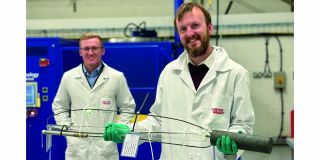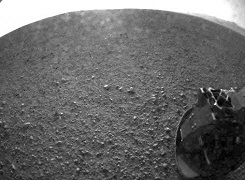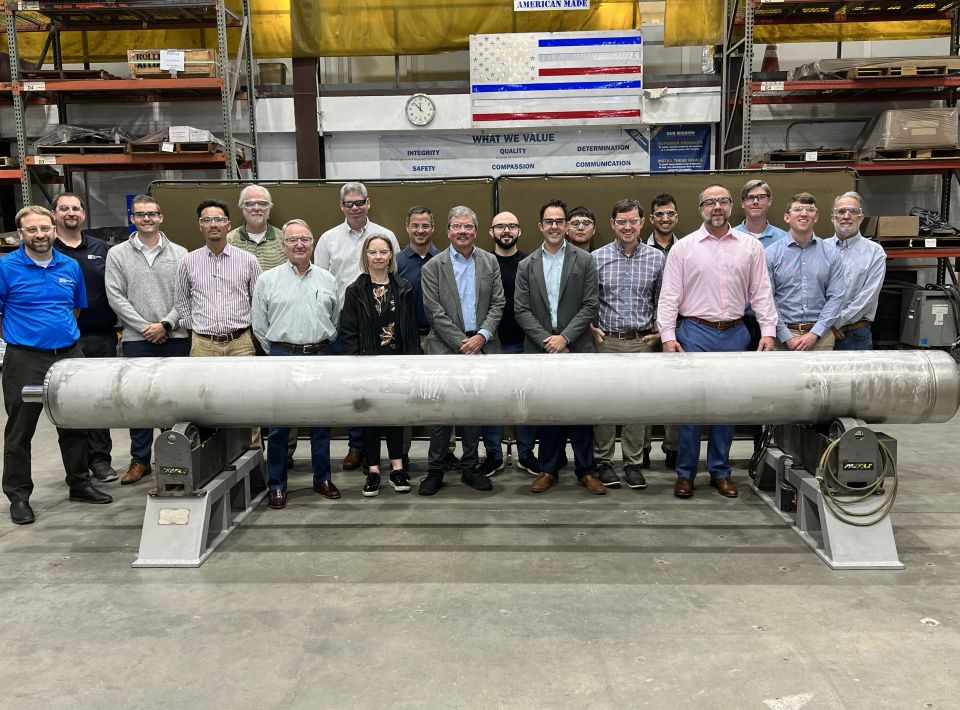A short internet news roundup highlighting Curiosity's use of nuclear technology for its source of power:
Steve Aplin at the Canadian Energy Issues blog, in "This educational moment brought to you by plutonium, and the end of the Cold War," provides an excellent overview of Curiosity's radioisotope thermoelectric generator and its origins - in the end of the Cold War -- and explains how Curiosity's successful landing is a triumph of cooperation between two former enemies.
Matt Wald at the New York Times Green Blog "Nuclear Pack Powers Rover on Mars" provides a succinct overview of the reasoning behind using a plutonium power source for Curiosity instead of solar.
At the Nuclear Energy Institute's Nuclear Notes, "A Nuclear-Powered Space Rover Lands on Mars, Brings New Hope for Space Exploration" covers some of the far-reaching implications Curiosity's mission has for the nuclear energy field -- especially in space exploration.
Dan Yurman at Idaho Samizdat in "NASA Mars vehicle uses nuclear power source" interviewed Stephen Johnson, director of Idaho National Laboratory's Space Nuclear Systems and Technology Division, about Curiosity shortly after launch.
From the mainstream press Los Angeles Times today, "Mars rover draws on nuclear power for trek around Red Planet" outlines the role of Curiosity's radioisotope thermal generator, developed by engineers at Hamilton Sundstrand Rocketdyne in partnership with the U.S. Department of Energy.
Readers are referred to ANS Nuclear Cafe's recent "Mars Rover Curiosity, A Nuclear Powered Mobile Laboratory" containing a NASA video featuring Ashwin Vasavada, deputy project scientist for the Mars Science Laboratory, explaining Curiosity's Multi-Mission Radioisotope Thermoelectric Generator.
ANS contributor Wes Deason in "Plutonium in Space: Why and How?" delves into the advantages of using plutonium in radioisotope generators for space missions.
"Shannon Bragg-Sitton of INL discusses nuclear space applications" and speaks at length about the Curiosity rover in this ANS Nuclear Cafe video shortly after the launch of the mission. Dr. Bragg-Sitton served as chair of the 2012 ANS Nuclear and Emerging Technologies for Space conference.
The Jet Propulsion Lab Mars Science Laboratory website provides Mars Science Laboratory mission background information and breaking news.
_______________________

-3 2x1.jpg)





 rotated.jpg)
